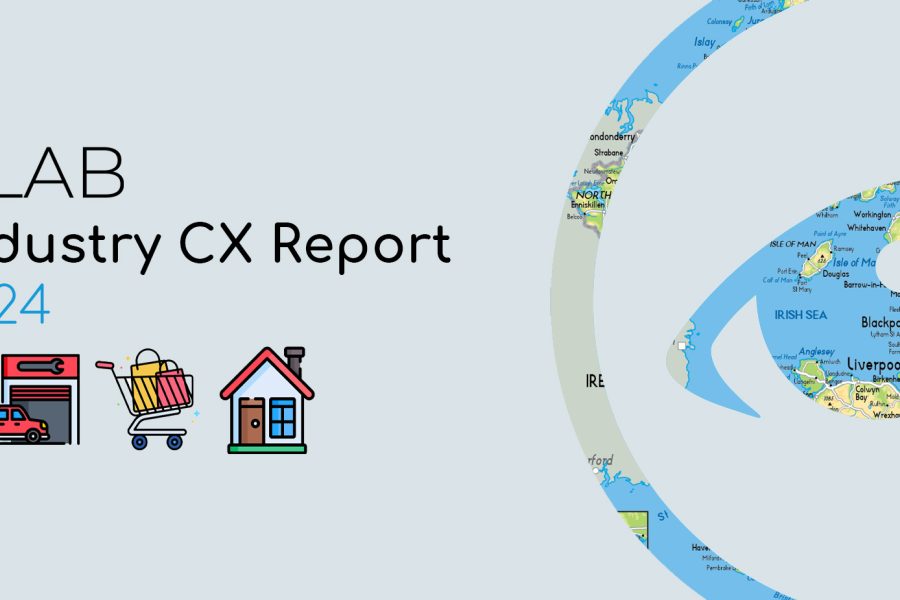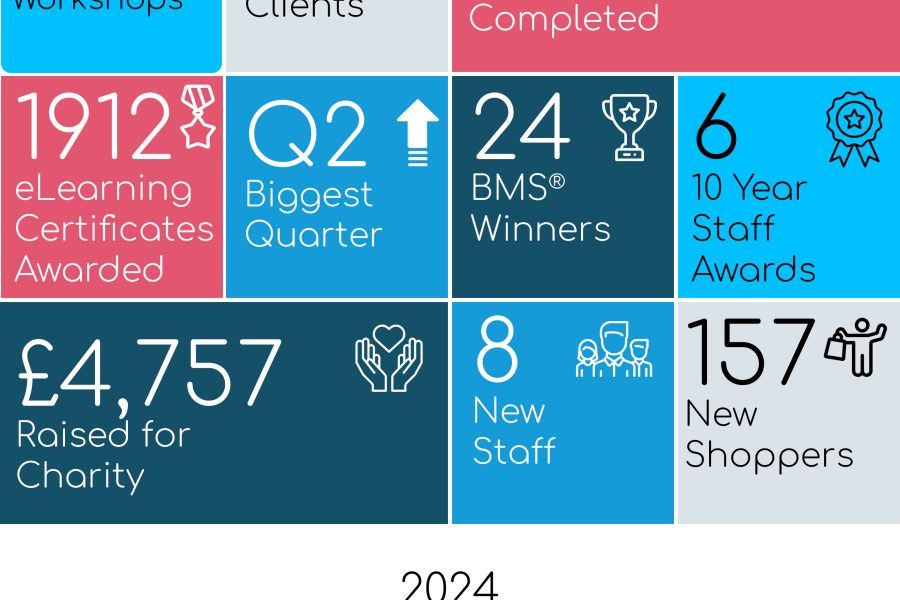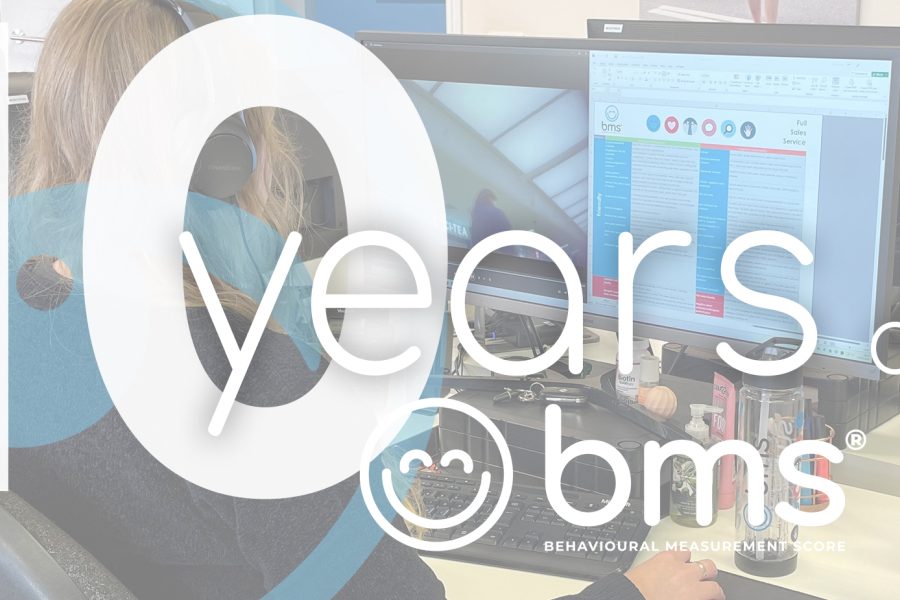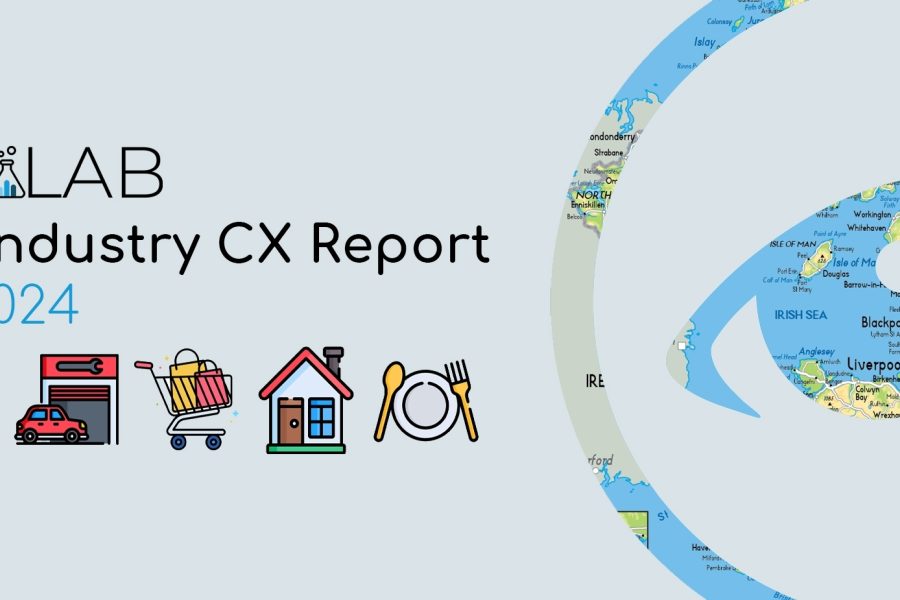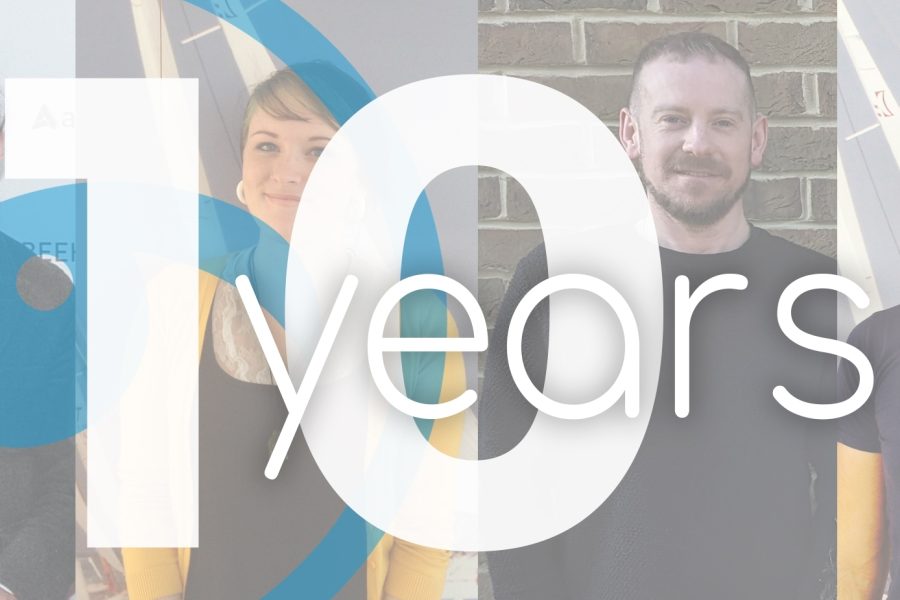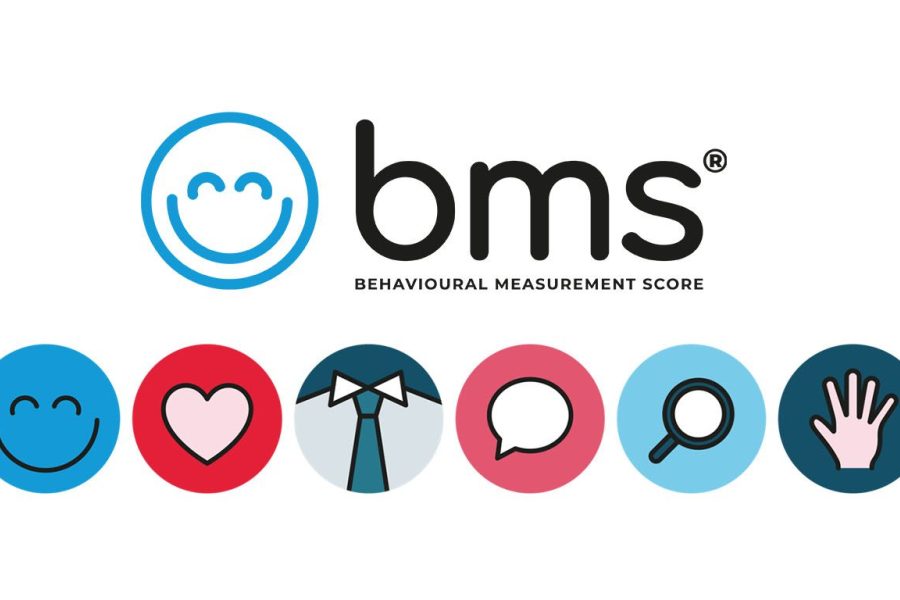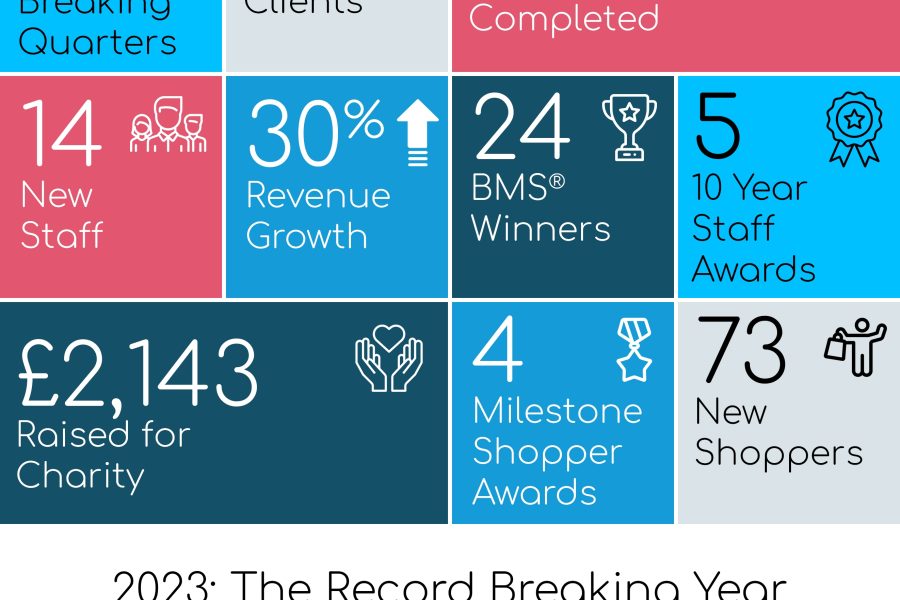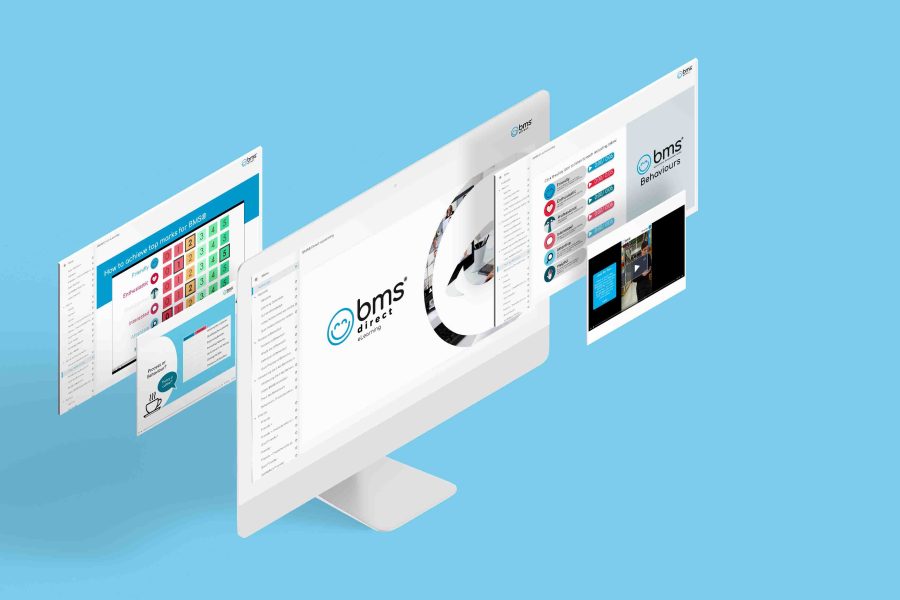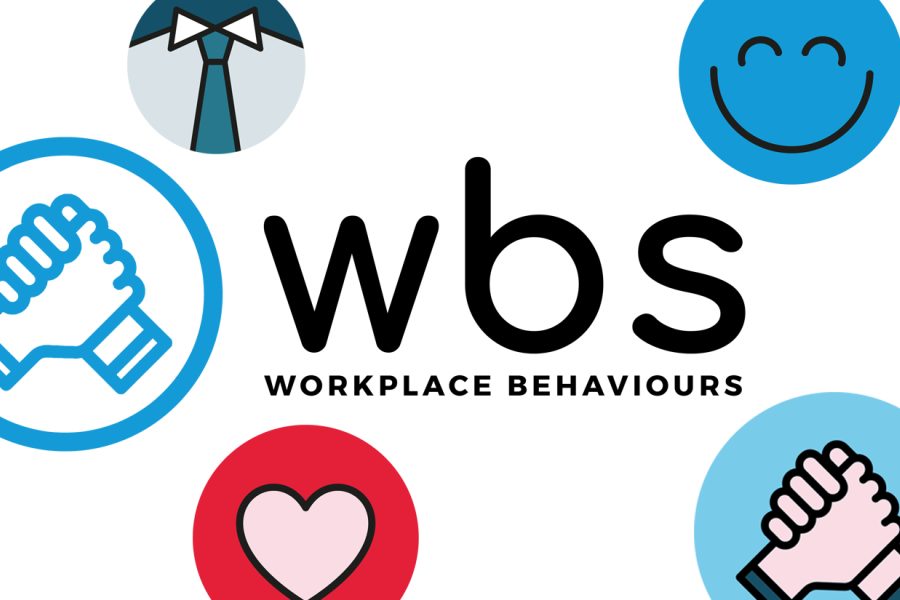What is Net Promoter® Score (NPS)?
The Net Promoter® Score (NPS) is a methodology for assessing customer’s likelihood to recommend. Many people will be familiar with the prescriptive question relating to NPS which now appears on many customer surveys:
'Based on your experience, how likely would you be to recommend to family or friends?'
Customers are asked to provide a score from 0 (highly unlikely) to 10 (highly likely).
Customers who score:
- 9 or 10 are ‘Promoters’
- 7 or 8 are ‘Passives’
- 0 to 6 are ‘Detractors’
The NPS score is calculated by subtracting the % of detractors from the % of promoters.

What are the pros and cons of NPS?
NPS has an enormous following for several reasons:
- It is a prescriptive question and the results can be benchmarked across a wide range of industries and organisations.
- 60+ NPS is recognised as an exceptional score and an aspirational target for organisations to aim for.
- As the ‘detractors’ are subtracted when calculating NPS, the scores can vary significantly. Scores can vary from -100 to +100. So concerted improvements in the customers’ experiences can translate to significant uplifts in NPS.
Net Promoter® score (NPS) is a useful measurement but has some limitations. For example, it doesn't provide information on the "why" - why are Detractors disgruntled? Why are Promoters happy?
NPS is a measure relating to customers’ propensity to make a recommendation, which is indicative of their customer satisfaction - this is not as accurate as other forms of customer satisfaction research.
NPS does not distinguish between a customer providing a rating of ‘0’ and ‘6’. It classes them both as ‘detractors’ and follows the assumption that neither would recommend the company. However, there is a marked difference between a customer that rates ‘0’ and one that rates ‘6’.
How to increase NPS using the Behavioural Measurement Score® (BMS®)
Using NPS alone will not improve business performance and customer satisfaction. But combining NPS with the award-winning Behavioural Measurement Score® (BMS®) will provide actionable insights like no other. BMS® is a simple, yet revolutionary way to develop customer facing teams – by monitoring and measuring the key behaviours that impact most on the customer experience.
Over 100+ world-class brands are using Performance in People’s (PiP’s) BMS® to transform their customer experience strategy’s. Coupled with the BMS® Direct learning workshop, and continuous monitoring through regular mystery shopping and coaching, customer satisfaction becomes inevitable. NPS ratings will sky-rocket, and customers will return time and time again… and tell their friends!
PiP has completed extensive research to understand the correlation between BMS® and NPS – and the results speak for themselves… read more about the study here.







